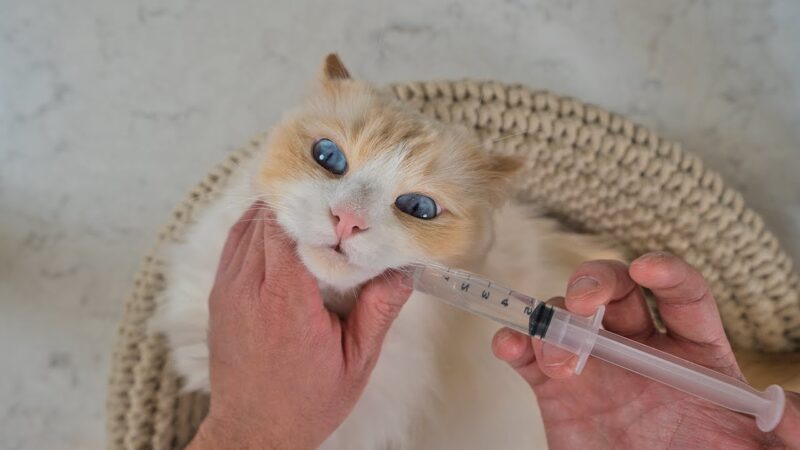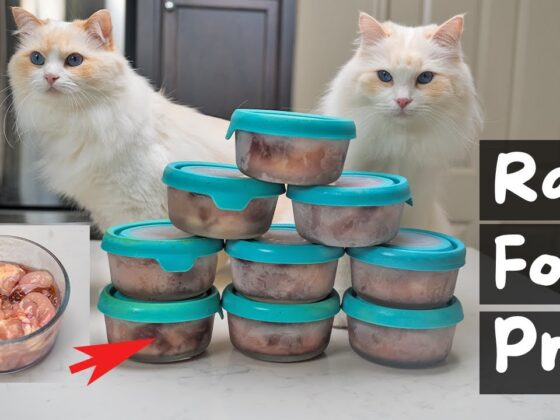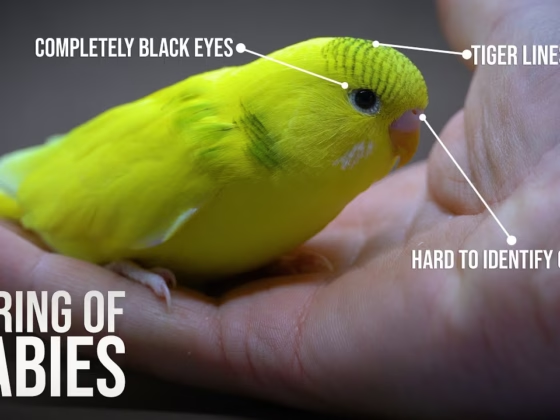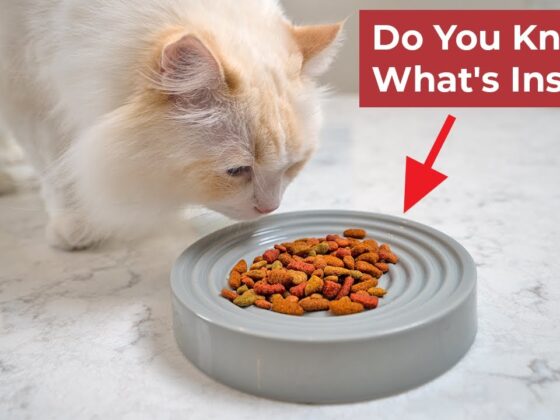Does the thought of giving your cat medication fill you with dread (and maybe a few scratches)? You’re not alone! Medicating a feline friend can feel like a wrestling match, but it doesn’t have to be. As a cat owner, there may come a time when your cat falls ill and needs medication. Being prepared to give them that care can make all the difference in their recovery. In this guide, inspired by The Cat Butler’s expert advice, we’ll equip you with proven techniques to make giving liquid medication a much smoother experience for both you and your beloved furball. You’ll learn how to confidently administer medicine, reduce stress, and help your cat on their path to recovery.
Why Liquid Medication is Often the Easiest Path
While there are several ways to give your cat medication—including pills, transdermal pastes applied to the ear flap (like The Cat Butler used for Arya’s appetite), and injections (usually for immediate effect)—liquid medication often stands out as the most straightforward for home administration.
- More Palatable: Liquid forms are frequently compounded with flavors like fish, chicken, or beef, making them more appealing than bitter pills. This is especially helpful for long-term treatments.
- Easier to Administer: Many cat owners, including The Cat Butler, find liquids easier to manage than pills, which cats can often spit out or refuse.
Essential Preparations Before You Begin
Before you even think about opening that medication bottle, a little preparation goes a long way to prevent you from “looking like you wrestled a cactus,” as The Cat Butler wisely puts it.
- Trim Those Claws: “Your cat’s claws are basically tiny swords, and they’re not afraid to use them,” warns The Cat Butler. A quick nail trim before starting can save you from painful scratches. Consider using quality cat nail clippers.
- Double-Check Dosage: Always confirm the correct dosage with your vet and measure it accurately using the provided syringe. Too much or too little can be ineffective or harmful.
- Gather Your Supplies: Have the medication bottle, syringe, and any towels ready and within reach. You don’t want to be “scrambling for a runaway syringe mid-process.”
Positioning Your Cat for Success
Positioning is crucial to prevent “ninja moves” and keep your fingers safe. The method you choose depends on your cat’s temperament:
- The “Kitty Burrito” (for squirmy cats): If your cat is prone to wriggling or scratching, gently wrap them in a towel, leaving only their head exposed. This keeps their claws safely tucked away.
- Face-Up with Support (for “angel” cats): If your cat is calmer, lay them face up with support for their head. This position allows you to clearly see the side of their mouth.
Having your cat face you makes it easier to spot the small gap just behind their canine teeth – the perfect spot to gently insert the syringe without discomfort.
The Step-by-Step Guide to Administering Liquid Medication
With your cat securely positioned, it’s time to administer the medicine with patience and care:
- Insert the Syringe: Hold the syringe steady and gently insert it into the side of their mouth, aiming toward the back of the cheek where there’s a natural gap.
- Slow, Gradual Release: “Slowly press the plunger, releasing the liquid at a pace that allows your cat to swallow comfortably—think of it as a gentle stream rather than a quick splash,” advises The Cat Butler. Cats can’t handle large amounts at once, so administer in small bits.
- Encourage Swallowing: Gently hold their mouth closed for a few seconds to encourage them to swallow the medication.
What to Do After Medication (And If Your Cat Foams!)
The final, and perhaps most important, step is positive reinforcement. Offer their favorite cat treats or praise to build a positive association with medication time. This helps make future administrations easier.
What if your cat foams at the mouth? “Don’t panic—it’s actually a common reaction to the bitter taste of certain meds,” says The Cat Butler. This foaming usually happens due to excessive salivation and is generally harmless. If it occurs, give your cat a moment to calm down and offer a treat to help wash away the taste. If foaming is frequent or severe, consult your vet about flavoring options or alternative medication forms.
When to Seek Veterinary Advice
While practice makes perfect, if your cat is extremely resistant, always talk to your vet. They might suggest mixing medication with a small amount of food or exploring other options. Remember, a stressed cat is harder to medicate. For more on feline well-being, check out our posts on Understanding and Addressing Cat Stress and My Cat is Stressed: What You Can Do.
Conclusion: Patience is Key for a Smoother Experience
Giving liquid medication to your cat can be challenging, but with patience, calmness, and the right techniques, it can become a much less stressful experience for both of you. The Cat Butler, along with Teemo and Arya, prove that even resistant cats can learn to tolerate their medicine. Keep practicing, stay calm, and always prioritize your cat’s well-being.
What has your experience been like giving liquid medication to your cat? Share your tips and stories in the comments below!









